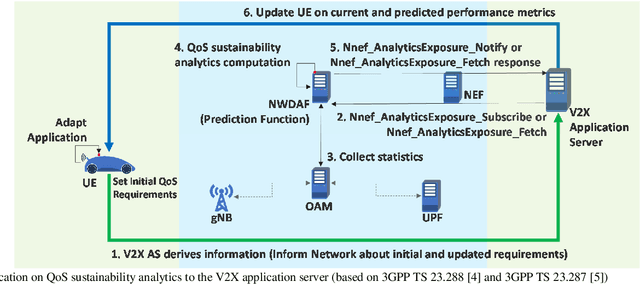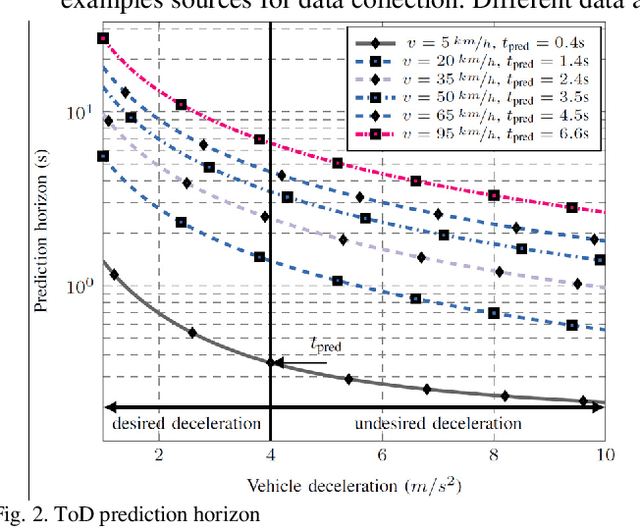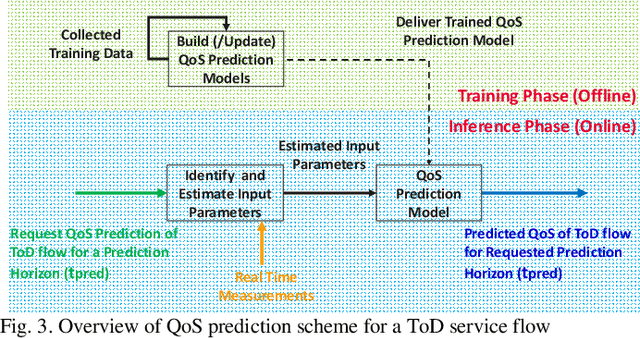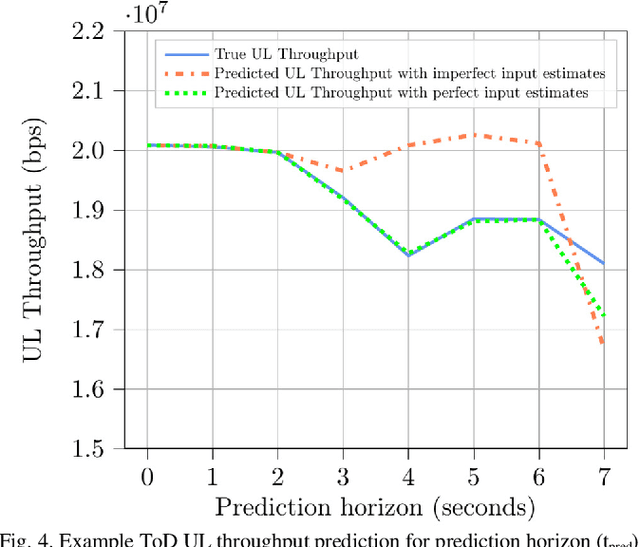Chan Zhou
Learning to Communicate with Intent: An Introduction
Nov 23, 2022Abstract:We propose a novel framework to learn how to communicate with intent, i.e., to transmit messages over a wireless communication channel based on the end-goal of the communication. This stays in stark contrast to classical communication systems where the objective is to reproduce at the receiver side either exactly or approximately the message sent by the transmitter, regardless of the end-goal. Our procedure is general enough that can be adapted to any type of goal or task, so long as the said task is a (almost-everywhere) differentiable function over which gradients can be propagated. We focus on supervised learning and reinforcement learning (RL) tasks, and propose algorithms to learn the communication system and the task jointly in an end-to-end manner. We then delve deeper into the transmission of images and propose two systems, one for the classification of images and a second one to play an Atari game based on RL. The performance is compared with a joint source and channel coding (JSCC) communication system designed to minimize the reconstruction error of messages at the receiver side, and results show overall great improvement. Further, for the RL task, we show that while a JSCC strategy is not better than a random action selection strategy even at high SNRs, with our approach we get close to the upper bound even for low SNRs.
QoS Prediction for 5G Connected and Automated Driving
Jul 11, 2021



Abstract:5G communication system can support the demanding quality-of-service (QoS) requirements of many advanced vehicle-to-everything (V2X) use cases. However, the safe and efficient driving, especially of automated vehicles, may be affected by sudden changes of the provided QoS. For that reason, the prediction of the QoS changes and the early notification of these predicted changes to the vehicles have been recently enabled by 5G communication systems. This solution enables the vehicles to avoid or mitigate the effect of sudden QoS changes at the application level. This article describes how QoS prediction could be generated by a 5G communication system and delivered to a V2X application. The tele-operated driving use case is used as an example to analyze the feasibility of a QoS prediction scheme. Useful recommendations for the development of a QoS prediction solution are provided, while open research topics are identified.
 Add to Chrome
Add to Chrome Add to Firefox
Add to Firefox Add to Edge
Add to Edge